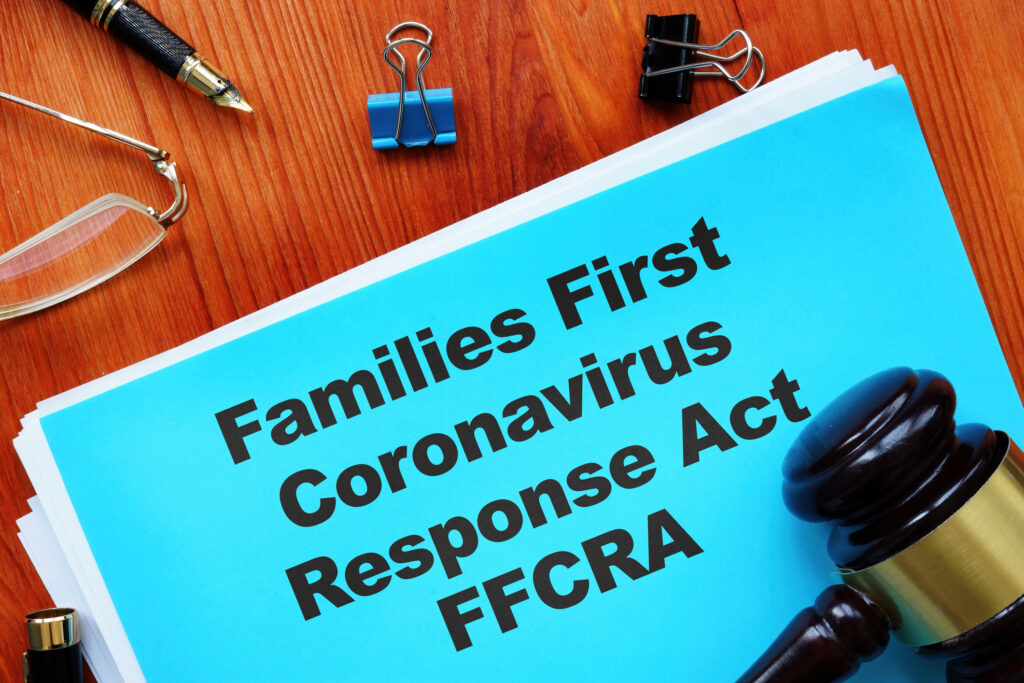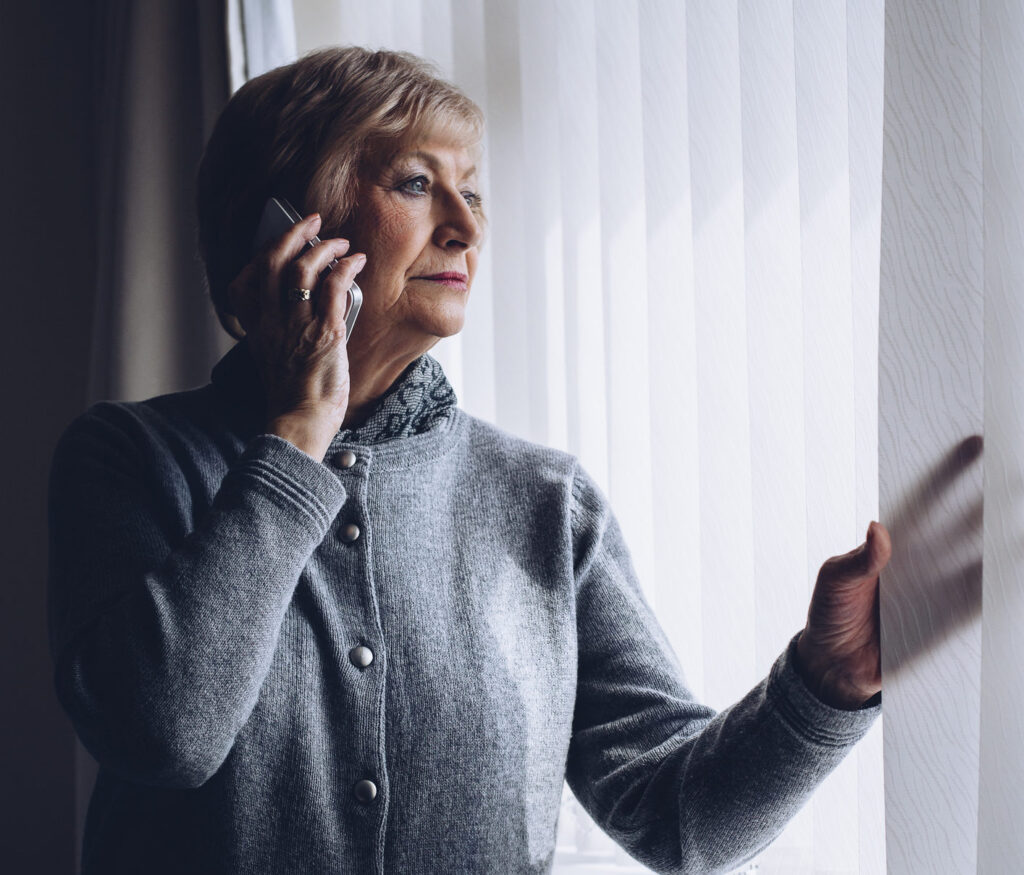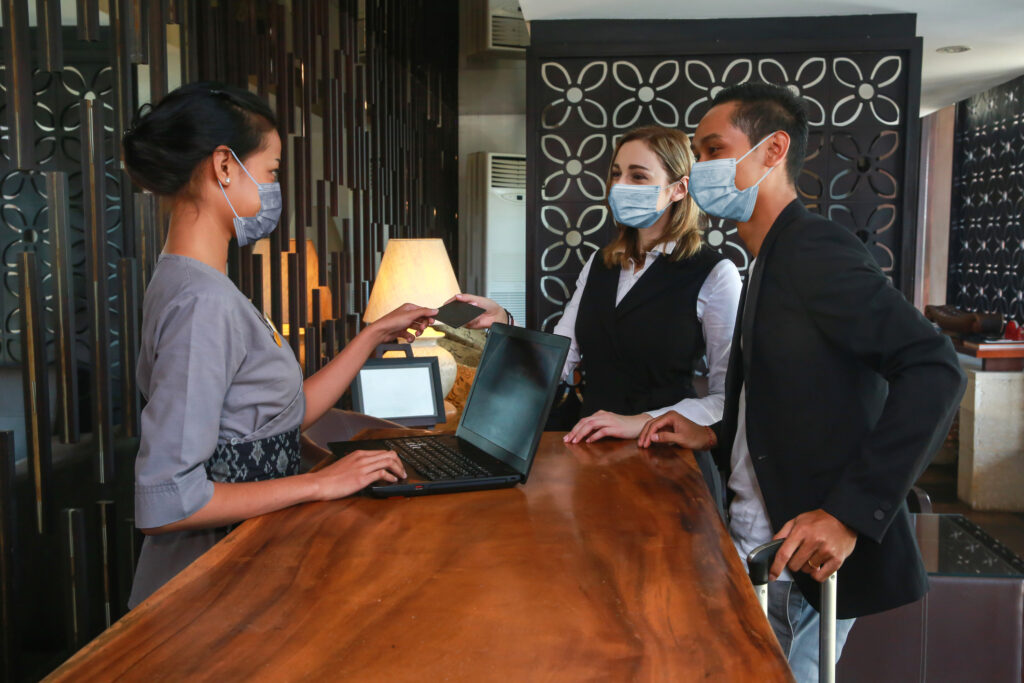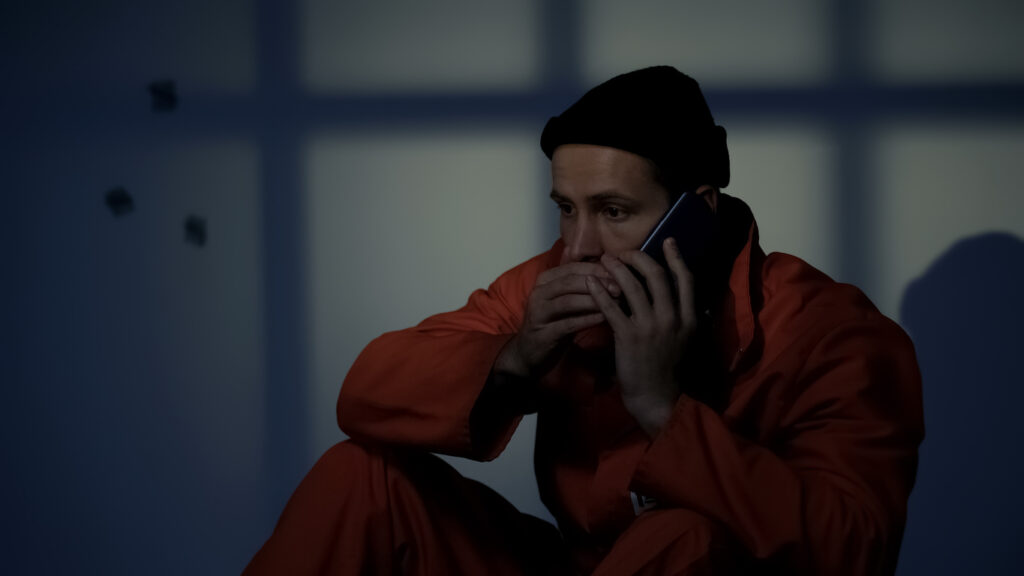What is the Family First Coronavirus Response Act (FFCRA), Exactly?
Written By: Christopher B. Dolan and Kimberly E. Levy Danny T. writes: Q: “My wife and I both work. We have two young children. We just got word that our kids would be in distance learning for the beginning of the school year, maybe longer. We cannot afford to have either of us out of …
What is the Family First Coronavirus Response Act (FFCRA), Exactly? Read More »







